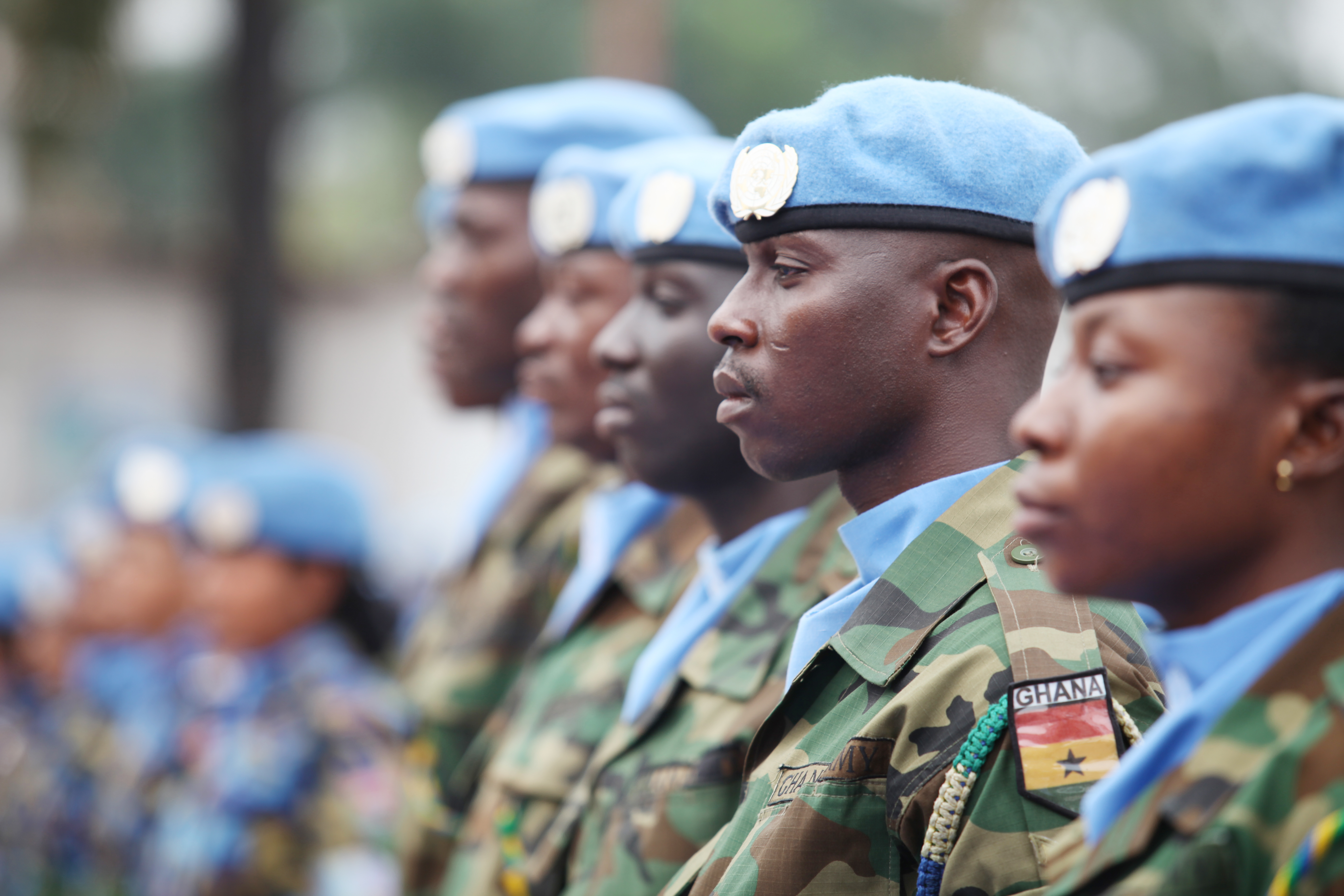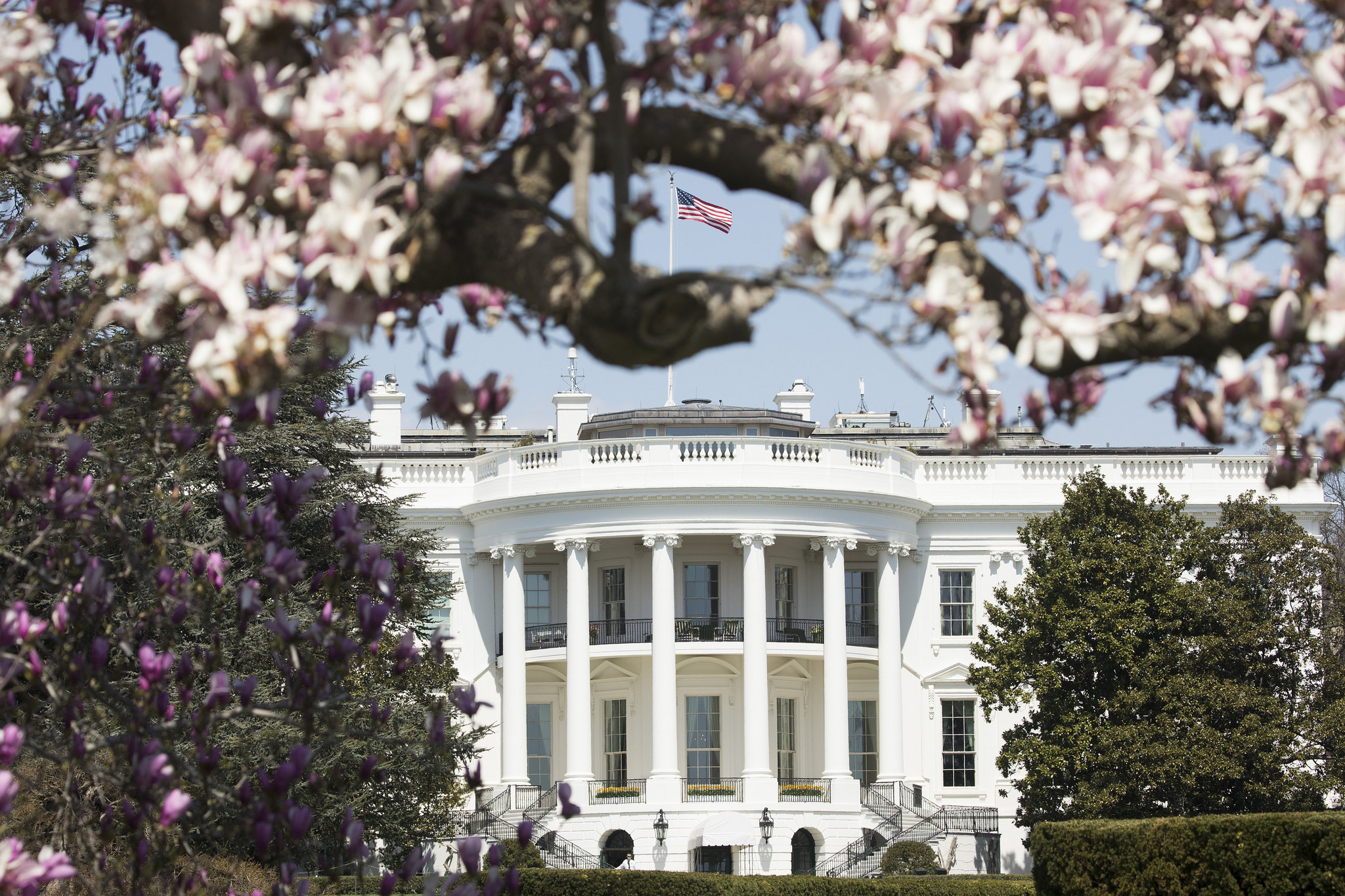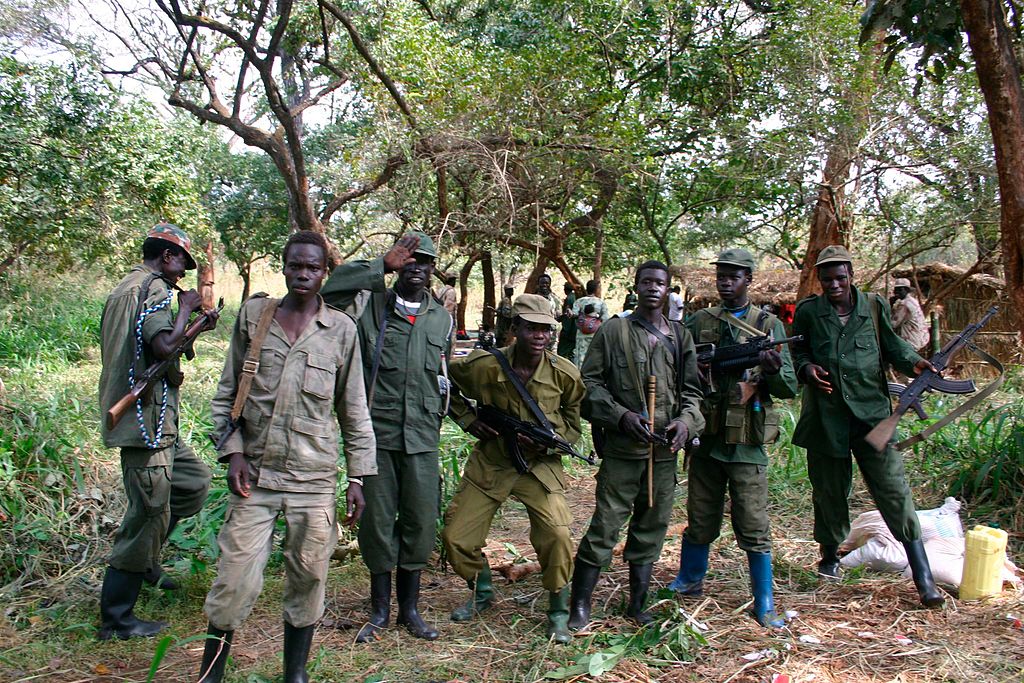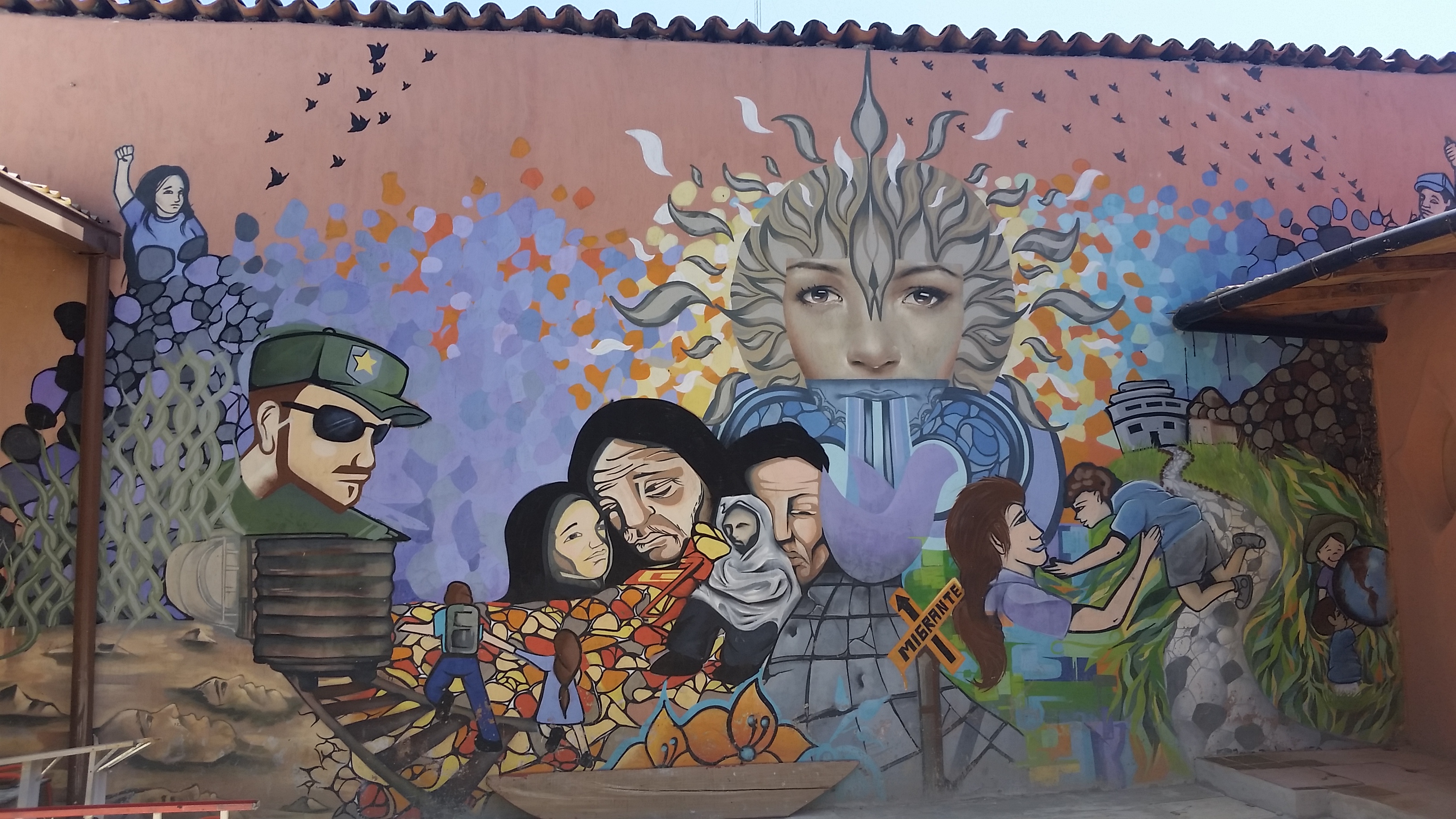With the downing of a Russian plane, suicide bombings in Lebanon, and carnage in Paris, Daesh (what many call ISIS) appears to be on the move. So are efforts to understand what Daesh really is. It is a profoundly Islamic organization says Graeme Wood. It is a group of desperate, terrorized laborers says Lydia Wilson. Who is right? Both – and neither. Daesh is a network: it is made up of people linked to one another. Understanding network logic[1] is key to successful ideas about how to unravel these links or reduce their violent tendencies. Rather than trying to understand what ISIS really is, we should examine the structure, logics, and vulnerabilities of these links, which both define Deash and make it ever-changing.
Already, we have seen these links ebb and flow. The organization thrived in the early stages of the Iraqi insurgency and then lost strength in the wake of the Sunni (or Anbar) awakening. Abu Bakr al-Baghdadi regenerated its leadership after 2010 with ex-Baathists, many of whom had suffered at the hands of the US and/or the Malaki government. This core – what Staniland might describe as a “vanguard organization” – with strong horizontal links has since attempted several types of additional linkages.
In Syria, its interactions with al-Nusra strengthened both organizations and led to the 2014 proclamation of a caliphate. But it also generated tensions among the larger set of rebels resisting Assad and relations among all continue to be fluid (see here and here and here). Fotini Christia demonstrates that this is all too common among conflict networks. Key to the Daesh gains in Iraq was its ability to recruit Sunni tribal leaders angry with the Malaki government, but it is not clear that the group has established strong vertical ties – as demonstrated by both the reported frustrations on the part of the Sunni leaders and the reports of the “terrorized laborers” in Wilson’s story who are motivated by fear alone.
Then there are the sympathetic westerners who have traveled to the region. Some, motivated by the brutality of Assad, have joined ISIS accidentally when they were turned down by al-Nusra’s tough vetting. Many of these are reportedly human cannon fodder given their weak vertical ties. As many suspected (and we now know given the Paris attacks), others remain encamped in the west. The “inflow of jihadists…unprecedented in its pace and volume” that Wood describes means that those in the fight are simultaneously part of a wide variety of other networks.
What one could take away from this is that Daesh is a vanguard organization that is trying to generate vertical ties in both Iraq and Syria. Its recent success has been in competition with corrupt and abusive governments in those countries and even here, its vertical ties remain tenuous (see here). There is little evidence of actual deep support for Daesh – or its apocalyptic vision – among local populations. As Wilson reports, the prisoners she interviewed, “are not fueled by the idea of an Islamic caliphate without borders; rather, ISIS is the first group since the crushed Al Qaeda to offer these humiliated and enraged young men a way to defend their dignity, family, and tribe.”
Following the Paris attacks, Dan Nexon, Erica Chenoweth, and others mused in a Facebook interchange about the prospect that Daesh’s attacks abroad were evidence that things were not going so well at home (a view that is supported by the last part of this NYT article). Graeme Wood asserts that the Islamic State “requires territory to remain legitimate, and a top-down structure to rule it (its bureaucracy is divided into civil and military arms, and its territory into provinces).” If this is true, its external aim may indeed be evidence that it is easier to attack soft targets abroad than to create stability at home. Though attacks abroad may generate an illusion of momentum, Daesh efforts abroad are also harder to control and could fragment the vanguard.
The yoking of its fight to Islam is important. As Wood reminds us, Daesh leaders’ claims to authority are based on the project of bringing the world to its day of judgement. This project is certainly important to Abu Bakr al-Baghdadi’s strategy. But while it might play in some transnational recruitment it is unclear that it will carry at home. While the majority of those fighting for ISIS are devout Muslims, many of them are driven by less apocalyptic visions (and thus might be open to appeals like Sheikh Abdullah bin Bayyah’s fatwa against the violence), and some are fighting to resist corrupt governments (or enrich themselves) rather than in support of Daesh or its vision.
The bottom line? Trying to find the “one real ISIS” blinds us to the fissions that will be key to undermining it. We should heed the message from Paul Staniland’s award winning book and the network analysis of conflict more generally: the social ties on which rebel movements are built hold the key to understanding – and changing – their dynamics.
[1] For some used applications of network analysis in other studies, see Elisabeth Wood’s demonstration of how different sorts of links drew people into the insurgency in El Salvador and how the war changed the country’s social structures. Wendy Pearlman shows how the fragmentation and factional competition in the Palestinian national movement generated more violent strategies. Most recently, Paul Staniland analyzes the extent of horizontal and vertical ties to explain different dynamics among rebel movements in South Asia.






2 comments